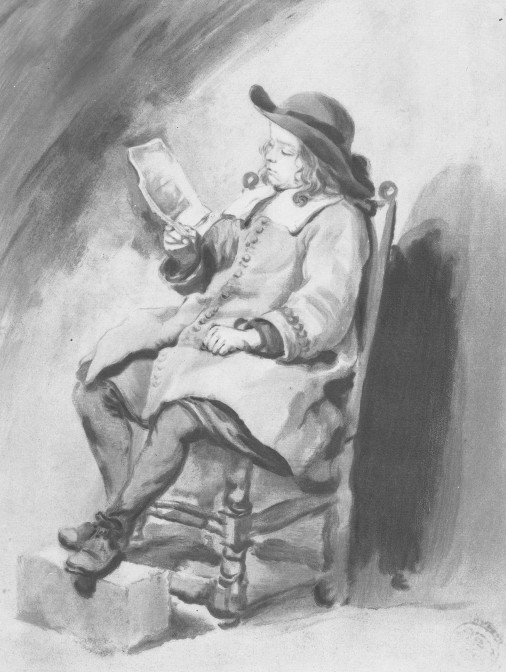The Dutch language changed a lot these past centuries. It’s not just the script – the words themselves changed a lot too. Most Dutch people today struggle to understand a text from the 1600s, even if it’s reprinted.
This explains why automatic translators like Google Translate or Chrome struggle to understand archaic Dutch. They often don’t produce anything that is comprehensible in English, and may change the meaning.
The correct interpretation of all terms in a document is often vital to draw the correct conclusions. For example, if you don’t know that in the 17th century the term “schoonmoeder” was not just used for mother-in-law, but also for stepmother, this could totally twist your tree.

Credits: Jurriaan Cootwijck, 18th century, collection Rijksmuseum (Public Domain)

